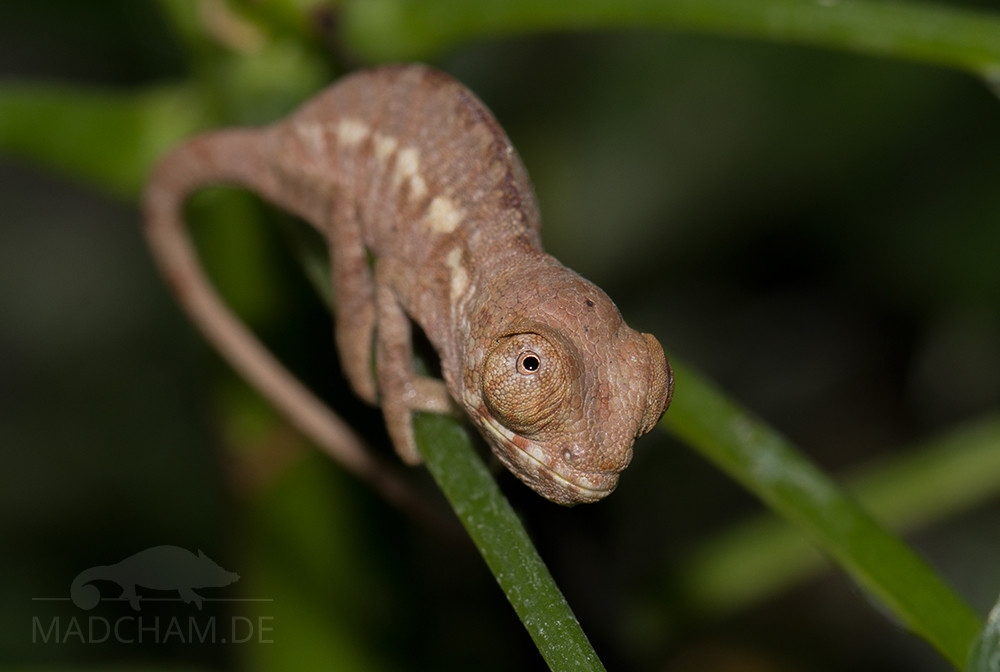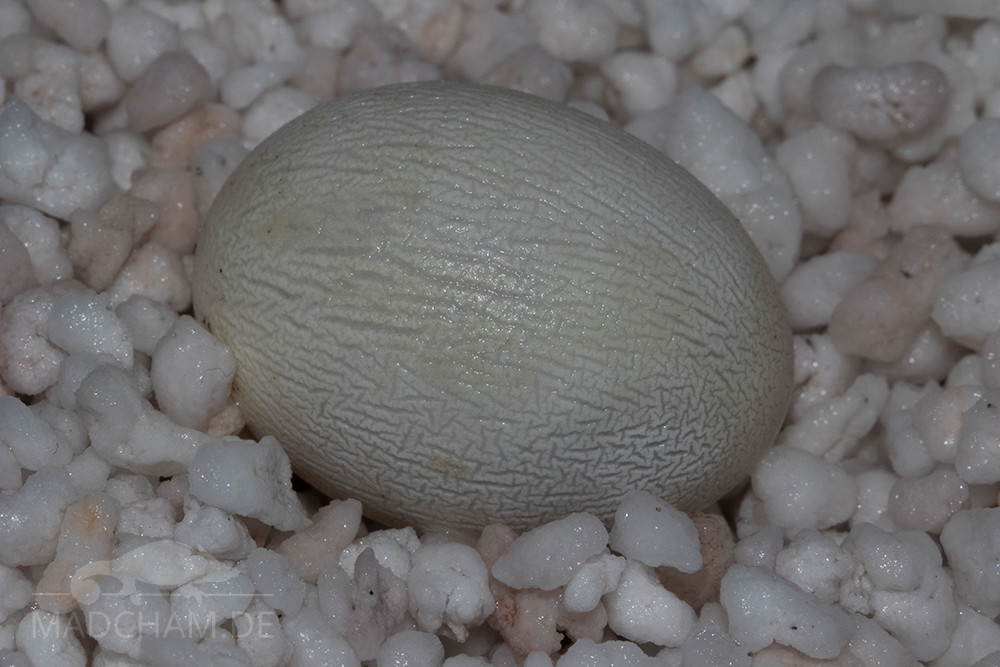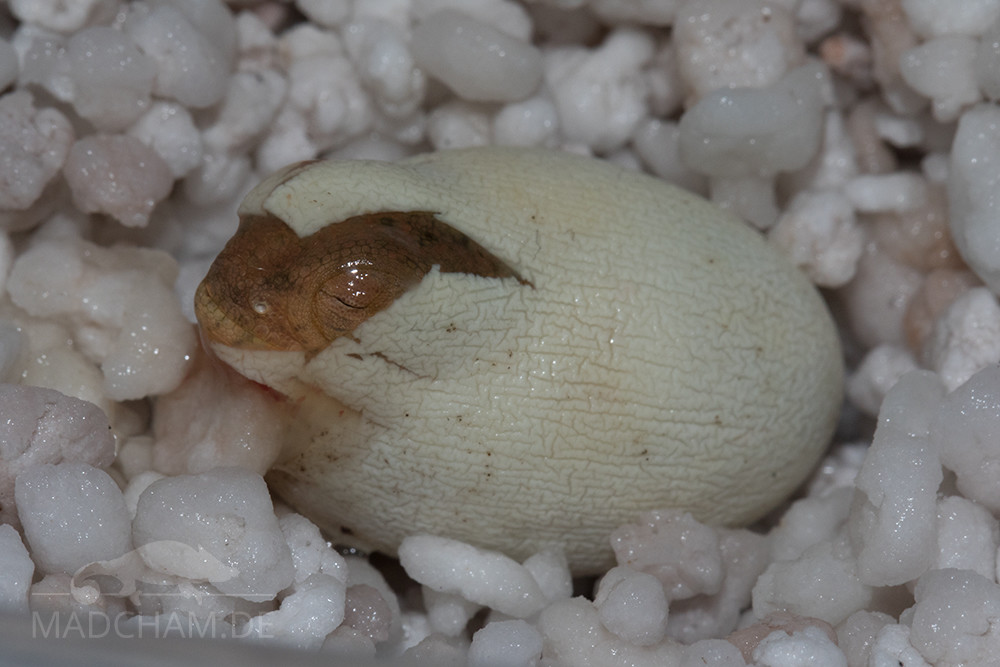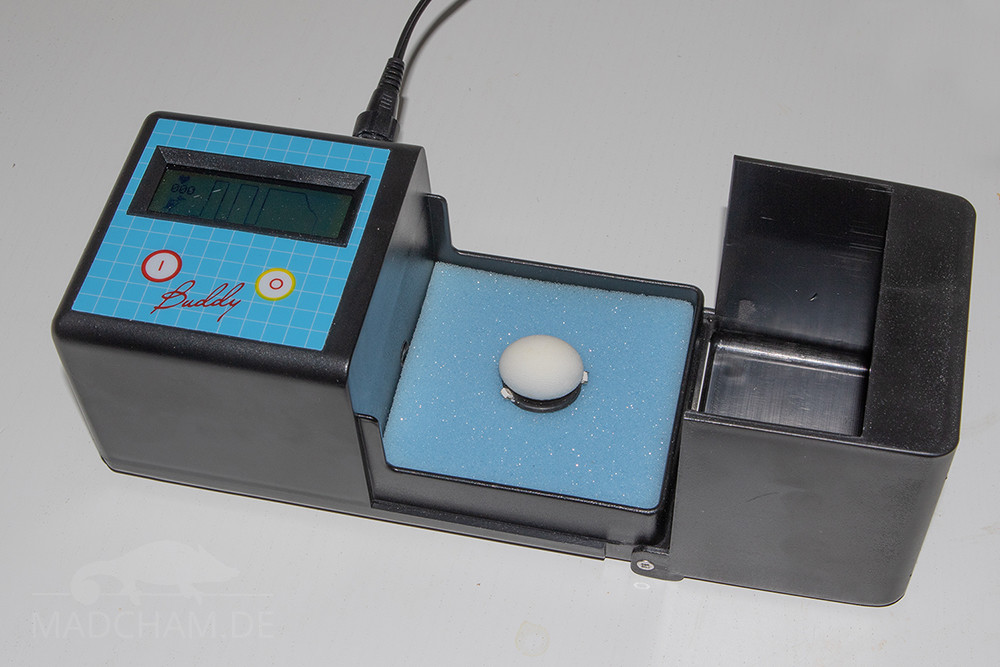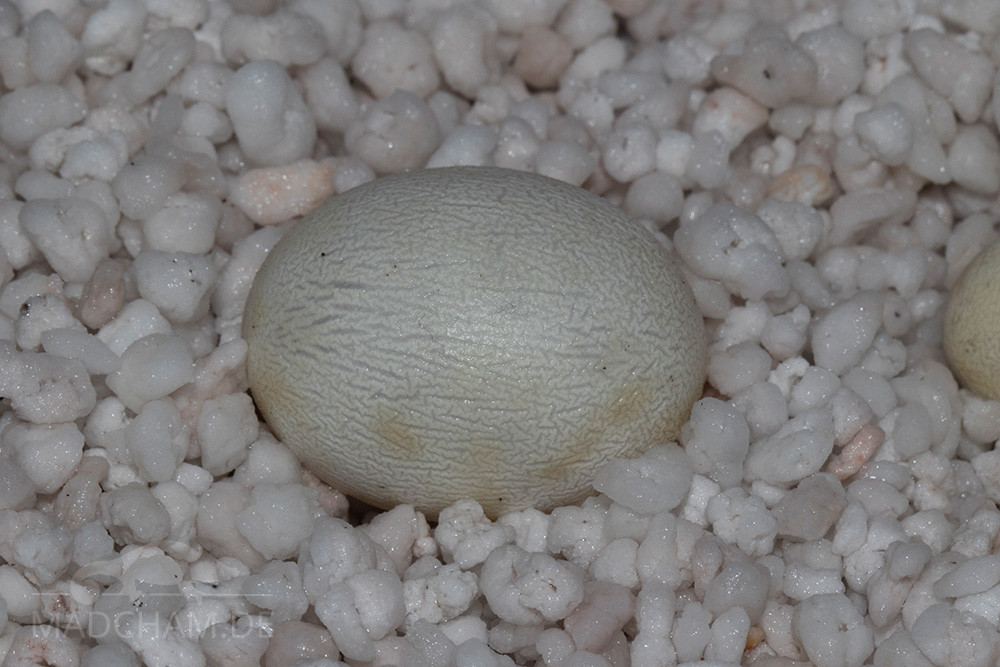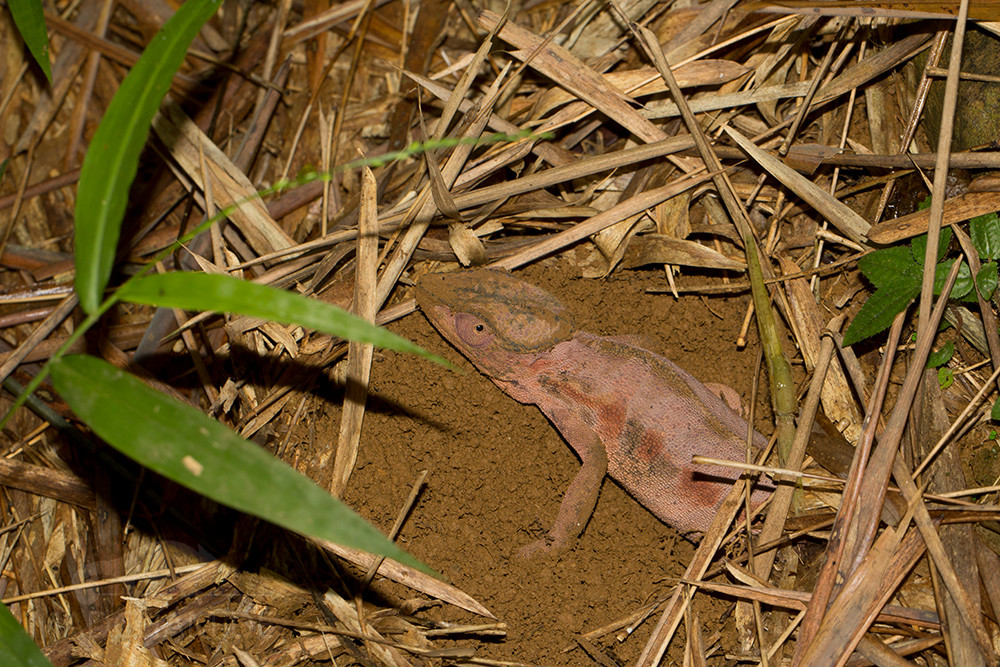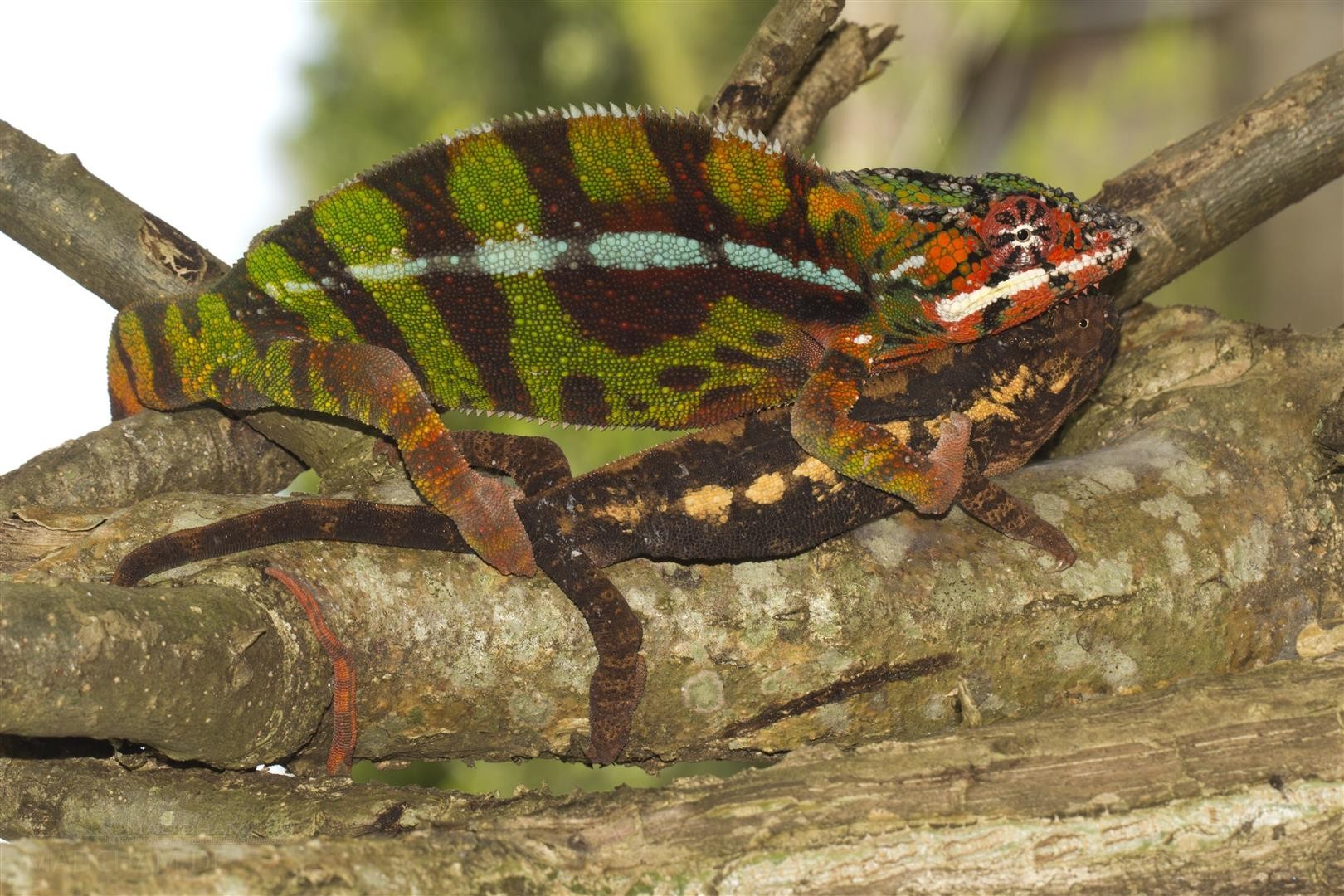Rearing offspring
When you successfully mated your chameleons, the female laid her eggs also successfully and egg incubations went well, it is time for the juveniles to hatch and thus you have to rear the offspring....
Incubation data
If you want to breed chameleons, there is usually no way around incubating the eggs under controlled conditions. However, for many less commonly kept species, the question is how exactly to incubate? In general,...
Hatching
Hatching Chameleon keepers still discuss what provokes a clutch to hatch simultaneously. Changes in barometric pressure as it is the case with beginning, on-going precipitation may play a role. Depending on the species, a...
Using an Egg Monitor
With an egg monitor, the pulse of an embryo still in the egg can be measured during incubation. Originally the Egg Monitor was developed for bird eggs. Most chameleon eggs are significantly smaller than...
Incubation of eggs
Successful breeding of a chameleon species is the goal of many engaged chameleon keepers. Only those who breeds chameleons can help a species survive and last in captivity. Additionally, captive-bred chameleons decrease the demand...
Gravidity and egg deposition
Gravidity A successful mating between female and male of a chameleon species is followed by gravidity. Right after mating, the female usually does not want to be with the male anymore. In Madagascar, mating...
The mating
Keepers who have been in the hobby for years usually like to have offspring from the chameleon species they’ve been keeping. Breeding does not only ensure the existence of a species in captivity but...

